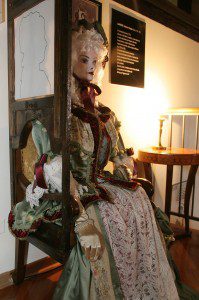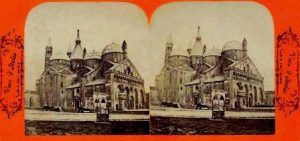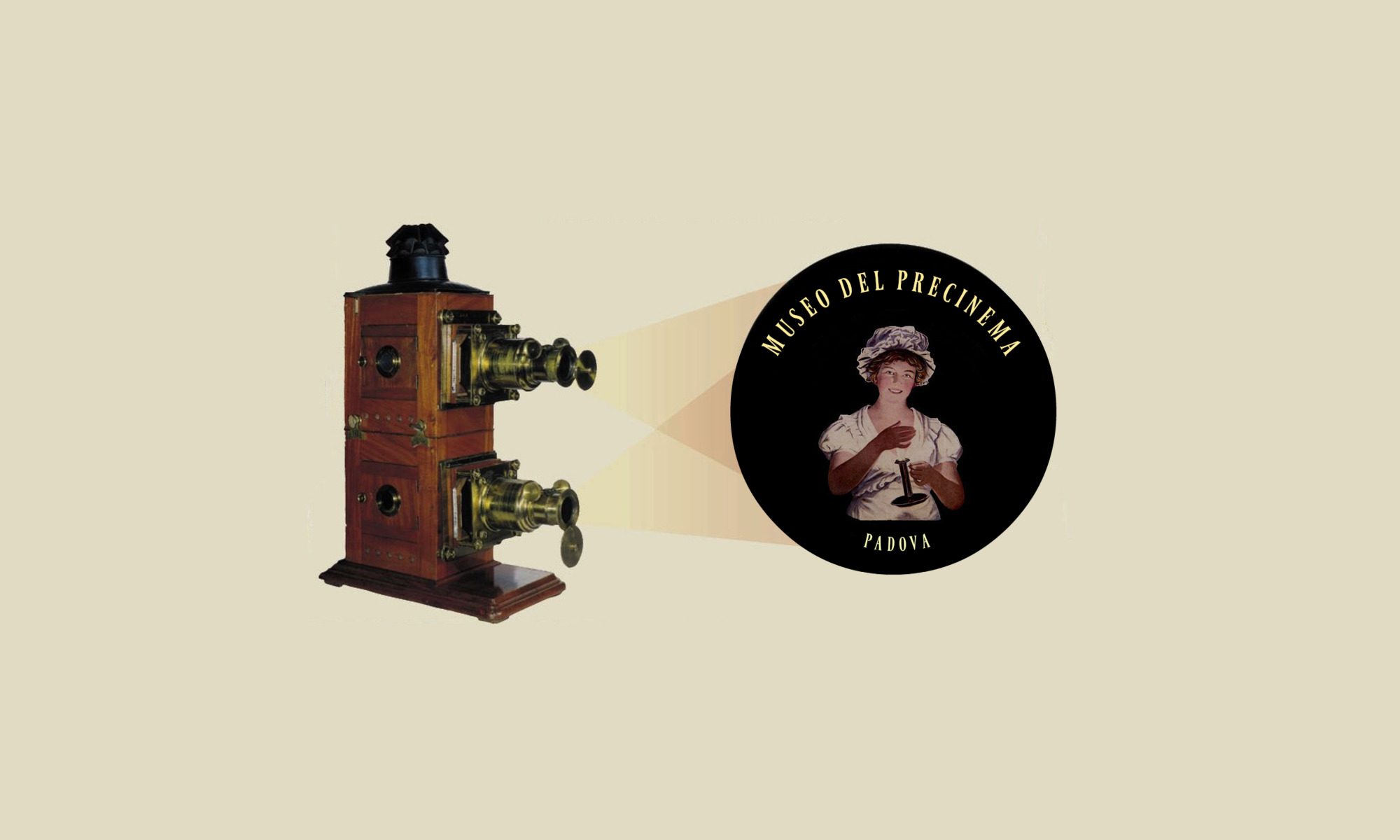Shadow Theatre in Paris (1886 -1914)
24th september – 27th november 2011
“Prochainement tournée du Chat Noir” is the famous slogan of the poster designed by Théophile Alexandre Steinlen for the shadow puppet theatre, which began in Paris in 1885 at the latter venue of the Cabaret du Chat Noir, founded by the showman Rodolphe Salis and the artist Caran d’Ache. Located at the foot of Montmartre in rue Laval ( now known as rue Victor Massé), Le Chat Noir would come to be considered one of the main meeting places of the Parisian intellectuals and the symbol of La Bohème at the end of the nineteenth century.
La Fondazione Centro Studi della Barbariga, founded by Angelo dalle Molle, has donated to the Collection Minici Zotti an important set of 70 French shadow puppets in zinc, together with their original traveling theatre and two Magic Lanterns used to project backdrops.

The shadow puppets are similar to those shown in the cabarets of Montmartre, and recount the well known tales: La Marche à l’Etoile,Carnaval de Venise, Le Sphinx, L’Age d’Or and others not yet identified. The number of donated items is truly remarkable, and throughout 2009 studies and research were conducted to catalogue and improve understanding of this area of Precinema.
Owing to the importance of the shadow puppets for precinematic history, the Museo del PRECINEMA is planning the exhibition at Piano Nobile of Palazzo Angeli, seat of Museo del PRECINEMA at Prato della Valle, in collaboration with the Department of Culture of the Comune di Padova, Ministero dei Beni e delle Attività Culturali, Regione Veneto and Provincia di Padova and sponsored by Regione Veneto, Fondazione CARIPARO, GAL Patavina and GAL Bassapadovana.
Absolutely Black: Silhouettes and Shadow Theatres
In collaboration with the Comune di Padova
with contribution and sponsorship from the Region of Venice
with sponsorship by the Minister of Welfare and Cultural Activities
Silhouettes seat by J.K. Lavater, reproduction
The Minici Zotti Collection of Padua, constantly researching the Archaeology of Cinema, has collected a vast repertoire of silhouettes. In the 18th and 19th Centuries silhouettes were the cheapest way to create portraits, although by 1830 they had been replaced by photographic images.
The Museum has organised an exhibition to display the collection, entitled ABSOLUTELY BLACK: Silhouettes and Shadow Theatres. Beginning with the black figures of an Amphoriskos (indeed it is believed that silhouettes originate from the ancient Greek tradition of decorating pottery with black figures), the exhibition continues through to the 18th and 19th centuries. There will be displayed different forms of the art of the silhouette: cut from paper, painted on card or glass, embroidered, printed, decorated onto vases and jewellery… and also depicted on original postcards of the age.
THE SUBTLE CHARM OF THE THREE DIMENSIONAL: FROM THE STEREOSCOPE TO THE VIEW-MASTER (1850 – 1950)
In collaboration with the Comune di Padova
with contribution and sponsorship from the Region of Veneto
with sponsorship by the Minister of Welfare and Cultural Activities

Stereoscope, Church of St. Anthony, Padua
The first real opportunity to show the public the visual delights of the stereoscope was the International Exhibition of London in 1851. “Stereo mania” followed closely behind from 1860 in Europe and the United States. From modest photographic studies to the most well-known, all of the images were created to satisfy a continual demand from a wide public. Later, in 1950, the view-master was invented in America – little viewers in bakelite.
The Minici Zotti Collection has put on display objects that relate to this discussion: stereoscopes, optical viewing equipment from the 1800s for three-dimensional images, and stereographs. Special photographs of the age are also exhibited, where you can admire a wealth of images of varying subjects: of travel, where Venice occupies a significant place; of eroticism, of everyday scenes, of the world of childhood, of medicine, of religion and many other subjects besides.
Also exhibited is the “megalethoscope”, patented in 1864 by the Venetian optician and photographer Carlo Ponti. Made with murano glass, it is the only known specimen of its type and continues to amaze the public even today.
FOR ALL of the GODS of OLYMPIA… and for the ANCIENT ROMANS on EARTH!
Magic Lantern slides depicting Hours of the day and scenes of Ancient Greece history (cm 37 x 9,5), originally belonging to the Lorena, Grand Dukes of Tuscany, c.1790.
The exhibition took place in 2001 at Cortona for the occasion of the Exhibition of Antiques, and regarding the acquisition on the part of the Museum of 108 precious hand-painted projection slides, the chest that contained them and the original magic lantern that used to project them. Dating from the last decade of the 18th Century, they came from the Medici Villa at Poggio a Caiano, a temporary residence of the ducal family of the Lorena. The slides represent the main Ancient Greek myths and many events that relate to the history of Rome.


